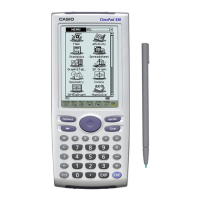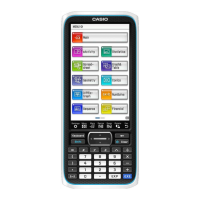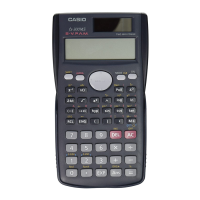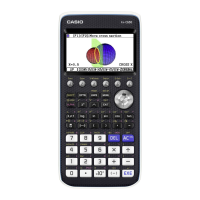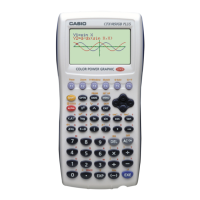PegProgressBar
Class Name Derived From Styles Signals
PegProgressButton PegThing FF_NONE
FF_THIN
PS_SHOW_VAL
PS_RECESSED
PS_LED
PS_VERTICAL
PS_PERCENT
PSF_SIZED
PSF_FOCUS_RECEIVED
PSF_FOCUS_LOST
PSF_KEY_RECEIVED
PegProgressBar is a simple progress bar control used to indicate to an end user the
completion status of a slow activity. PegProgressBar can assume any scale value within
the range of the SIGNED data type, however it is most common to display a value that is
a percentage of the completion status.
The style, range, and initial value of a PegProgressBar object are passed to the object
constructor. As the operation being monitored progresses, the application software calls
the Update() member function to change the displayed completion value.
While you can create any number of PegProgessBar instances directly, it is more
common to use the PegProgressWindow class, as this is a simpler method of creating and
displaying a progress indicator to the end user.
The following example creates a PegProgressBar which gets updated during the Task()
function:
void ProgressWindow::CreateProgressBar()
{
PegRect r = mClient;
r.wLeft += 2;
r.wRight -= 5;
r.wBottom = 30;
81
